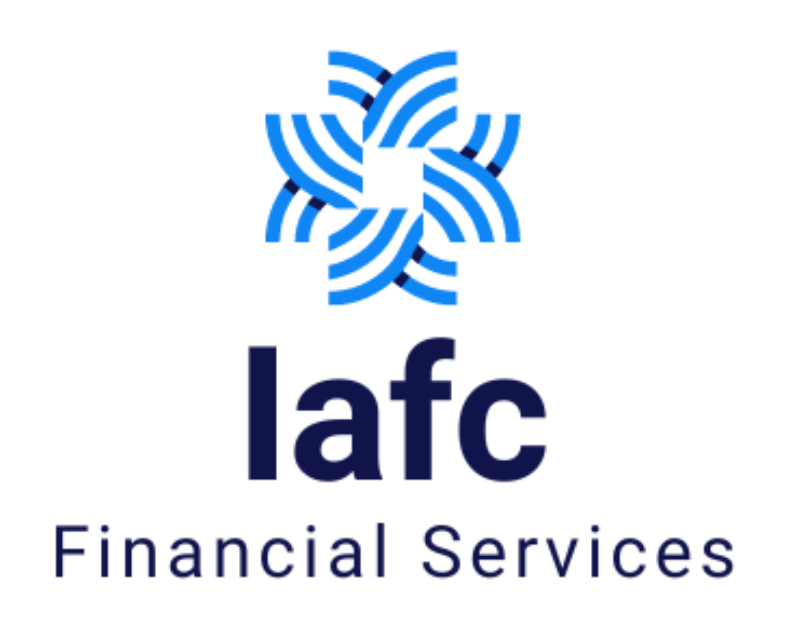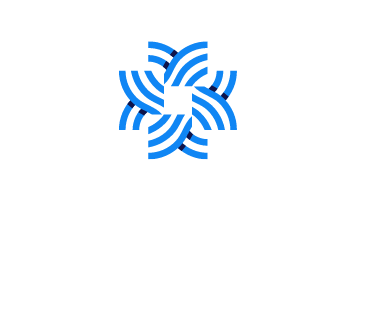How to Convert Physical Shares to DEMAT Form
As technology and digitisation have progressed, the trend of converting physical shares to dematerialized (demat) form has gained significant traction. In this blog post, we will explore the essentials of share conversion and outline the step-by-step process for transforming physical shares into demat form.
What is a Demat Account?
Before we begin the conversion process, let’s define what a demat account is. A demat account is an electronic method for holding securities such as government securities, bonds, mutual funds, and stocks. It allows investors to buy, sell, and maintain shares without needing physical share certificates. In India, the Securities and Exchange Board of India mandates that having a demat account is essential for trading stocks.
Why Convert Physical Shares to Demat?
If you possess physical share certificates, you are unable to assert ownership of the shares, as SEBI requires that these physical shares be converted into demat form. You can follow the guidelines on converting physical shares into demat to achieve this. Here are the steps to transform physical shares into Demat format: –
- Opening a Demat Account: An investor or trader needs to establish a demat account with a Depository Participant (DP) that is registered with either Central Depository Services Limited (CDSL) or National Securities Depository Limited (NSDL).
- Submitting Physical Certificates: The next step involves obtaining a Demat Request Form (DRF) and submitting the physical share certificates to the Depository Participant (DP). The DRF contains important information, including the investor’s demat account details, the securities to be dematerialized, and other relevant data.
- Verification:The verification process begins once the depository participant receives the investor’s completed dematerialization request form. After validating the physical certificates, the DP forwards them to the company’s registrar for further verification.
- Cancellation: The registrar cancels the physical certificates upon verification, rendering them no longer a method for investors to claim ownership..
- Credit:The organization allocates electronic shares to the investor’s demat account immediately after the registrar cancels the physical share certificates.
Documents Needed to Convert Physical Share Certificate to Demat
- Identification documents that include a photo, such as your driver’s license, voter ID card, PAN, Aadhaar card, etc.
- Proof of your residential address, which can include signed leases, driver’s licenses, passports, landline and electricity bills, maintenance invoices for your flat (if applicable), insurance documents, gas bills, etc.
- Evidence of your bank account, such as a bank passbook or an account statement (dated within the last three months).
- A valid copy of the stock certificates you own, ensuring that the details on the share certificates are legible and well-maintained.
- The completed Dematerialization Request Form must be submitted. It’s essential to use separate forms for shares belonging to different companies. For example, if you have five shares in XYZ and five shares in PQR, you will fill out two different forms.
- Each physical share certificate should be marked with the words “Surrendered for Dematerialisation.” Remember to obtain a receipt for the shares you have submitted.
Points to Remember
- The length of the conversion process depends on the verification procedures of the R&T agent, typically taking anywhere from 15 days to a month.
- Some companies may impose charges for converting physical shares to demat. It is recommended to check with your DP or R&T agency regarding any potential fees.
- ou can consolidate physical shares from multiple companies into one demat account.
- Partially held physical shares are not eligible for conversion. Shares that total less than one will be combined with other certificates prior to conversion.
The Bottom Line
Anyone looking to invest in the stock market must convert their physical shares into a Demat format, which comes with numerous benefits. We trust that this blog post has provided you with valuable insights into the importance of having a Demat account and the conversion process. To facilitate a smooth conversion experience, choose a trustworthy Depository Participant (DP) and meticulously follow the provided instructions.



